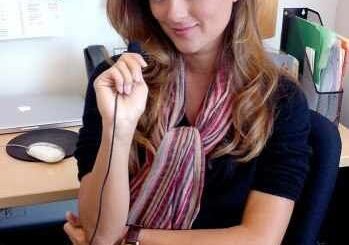9 things to never plug into a power strip
In the modern world, power strips have become an indispensable tool for managing our ever-increasing array of electronic devices. However, it’s crucial to remember that not everything is meant to be plugged into these convenient outlets. In this article, we’ll explore nine items that should never find their way into a power strip to ensure the safety of both your devices and your home.
Major Appliances: Power strips are designed for smaller electronics, not major appliances like refrigerators, washing machines, or space heaters. These devices draw a significant amount of power and should always be directly connected to a wall outlet.
Power Strips Chaining: While it might be tempting to daisy-chain power strips to accommodate more devices, it’s a dangerous practice. This can overload the circuit and lead to overheating or even a fire hazard. Stick to using a single power strip for your devices.
High-Wattage Devices: Some devices, such as air conditioners or power tools, require a high wattage to function properly. Plugging these into a power strip meant for lower wattages can result in overheating and pose a serious risk.
Space Heaters: Space heaters are notorious for their energy consumption. Plugging them into a power strip can cause the strip to overheat, leading to potential fires. Always connect space heaters directly to a wall outlet.
Chargers with High Amperage: Certain chargers, like those for laptops or high-end smartphones, may have higher amperage. Plugging multiple high-amperage chargers into a power strip can exceed its capacity, causing overheating and risking damage to your devices.
Power Strips in Wet Areas: Water and electricity don’t mix well. Avoid using power strips in areas prone to moisture, such as bathrooms or kitchens. If you need extra outlets in these spaces, consider using a GFCI outlet or a waterproof extension cord.
Old or Damaged Power Strips: Regularly inspect your power strips for signs of wear, damage, or aging. If you notice any frayed wires or exposed conductors, it’s time to replace the power strip. Using damaged equipment can lead to electrical shocks or fires.
Non-Electronic Items: Power strips are meant for electronic devices, not non-electronic items like paper, fabric, or decorations. Plugging in non-electronic items can create a fire hazard, as these materials are not designed to handle the heat generated by the strip.
Lighting Equipment with High Wattage: High-wattage lighting equipment, such as powerful studio lights or halogen lamps, should be plugged directly into a wall outlet. These devices can exceed the power strip’s capacity and create a significant fire risk.



